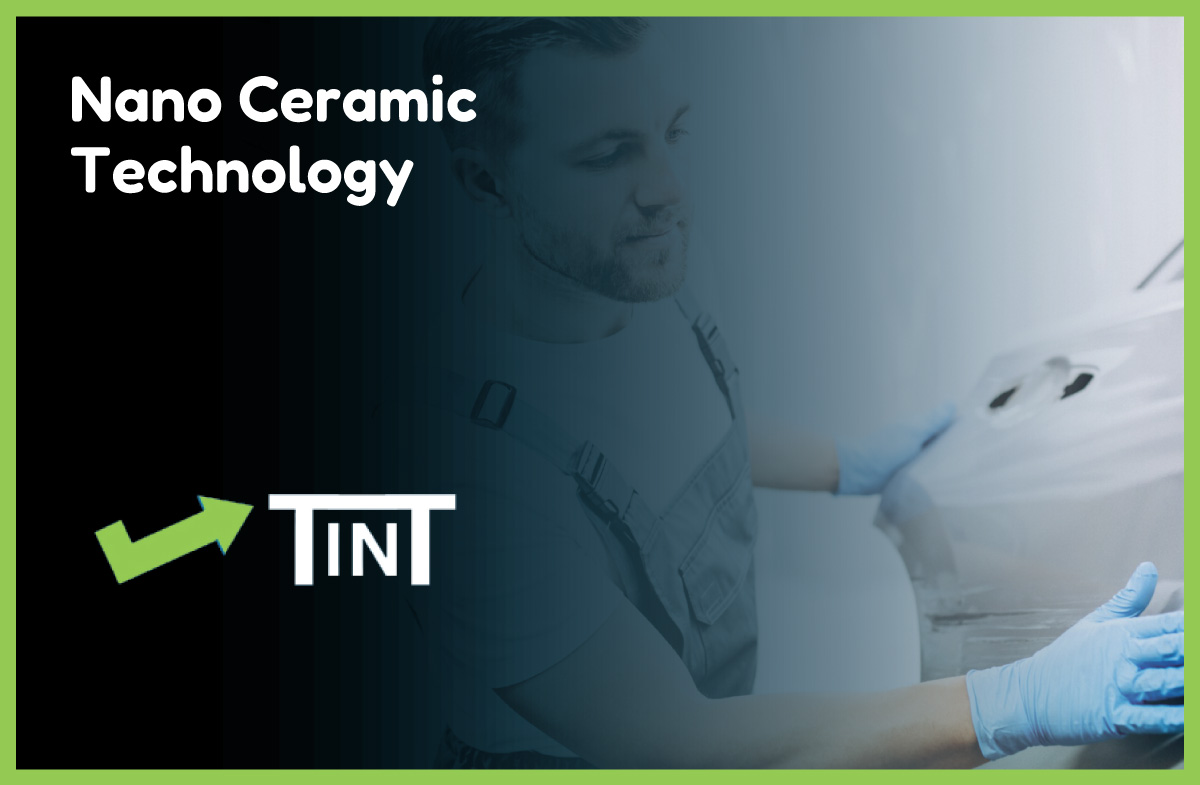Nano ceramic technology has revolutionized the world of window films, offering remarkable benefits for both residential and automotive applications. But what exactly is nano-ceramic technology, and how is nano-ceramic window film made?
The Science Behind Nano Ceramic Window Film
Nano ceramic window film is crafted using advanced materials and manufacturing techniques. It incorporates microscopic ceramic particles that are dispersed evenly in a polymer matrix. These nanoparticles are responsible for the remarkable properties of nano-ceramic film.
Advantages of Nano Ceramic Tinted Film
- Outstanding Heat Rejection: Nano ceramic window film excels at blocking a significant amount of solar heat, making it exceptionally effective at maintaining a comfortable and cooler interior environment, reducing the need for excessive air conditioning.
- UV Radiation Protection: Nanoceramic films are highly efficient at blocking harmful ultraviolet (UV) rays. This protection helps prevent skin damage, premature aging, and the fading of interior furnishings, upholstery, and dashboards.
- Infrared (IR) Rejection: In addition to UV protection, nano-ceramic technology also provides excellent infrared (IR) rejection. This means that it can effectively block the heat-causing IR rays, keeping interiors cooler.
- Enhanced Privacy: Nano ceramic tints offer a degree of privacy by reducing the visibility into your vehicle or home from the outside. This added privacy can be especially valuable for personal security and peace of mind.
- Glare Reduction: Glare from the sun and headlights of other vehicles can be a major safety concern, particularly when driving. Nano ceramic film significantly reduces glare, making it easier and safer to drive in bright conditions.
- Non-Metallic Composition: Unlike some traditional window films, nano-ceramic films are non-metallic. This means they won’t interfere with electronic devices, such as GPS, mobile phones, or radio signals.
- Durability: Nano ceramic window film is known for its longevity. It can last for many years without fading, discoloration, or bubbling, providing a long-term solution for sun protection.
- Clarity and Visibility: Nano ceramic films provide excellent clarity and visibility both during the day and night. They won’t hinder your view, ensuring a safe and enjoyable driving experience.
- Improved Energy Efficiency: By reducing the need for air conditioning to maintain a comfortable temperature, nano ceramic tints can lead to energy savings and a reduced carbon footprint.

Disadvantages of Nano Ceramic Tinted Film
- Higher Initial Cost: One of the primary drawbacks of nano ceramic tinted film is its higher upfront cost compared to traditional window tints. The advanced technology and materials used in these films often make them more expensive.
- Professional Installation Required: Nano ceramic films should be installed by experienced professionals to ensure a proper and flawless application. This adds to the overall cost, as DIY installation can be challenging due to the film’s unique properties.
- Limited Availability: Depending on your location, it may be more challenging to find nano ceramic window film and qualified installers. This limitation can affect your options when looking for specific shades or brands.







